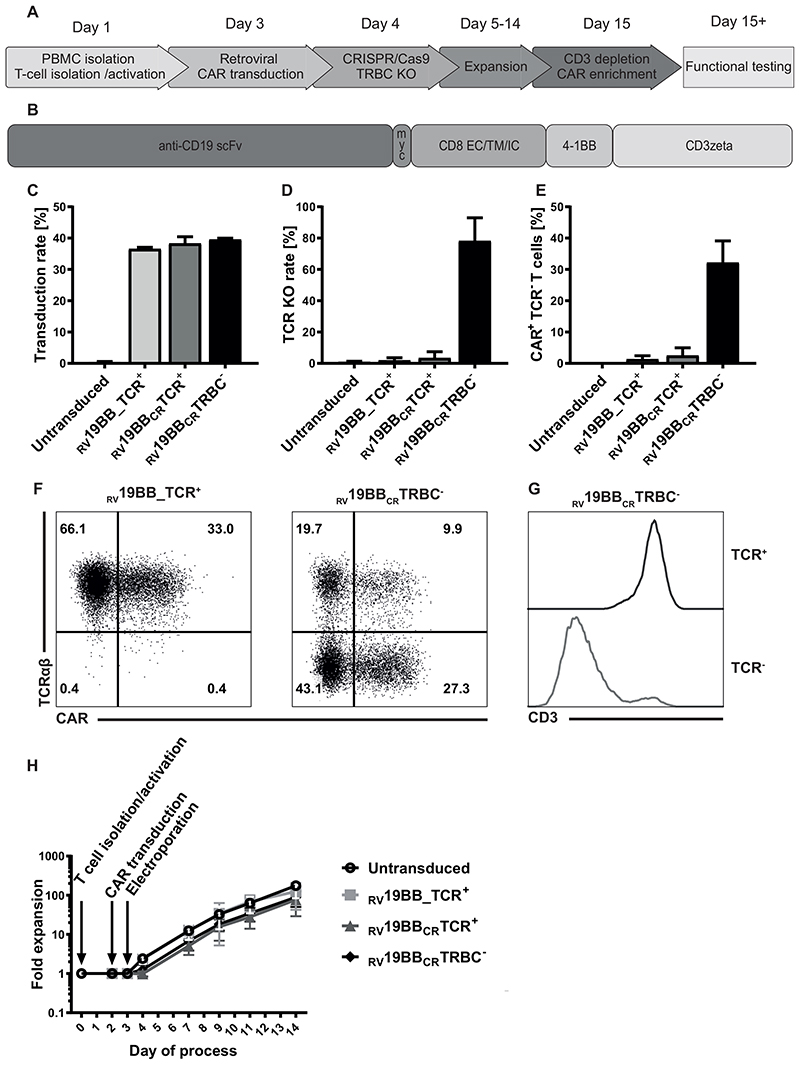Fig. 1. Generation of TCR KO CAR-T cells.
(A) Schematic overview of the time points for retroviral transduction, CRISPR/Cas9-mediated TCR KO, duration of cultivation and purification of the final CAR-T-cell product. (B) Structure of the CAR construct: the 2nd generation CAR consists out of the anti-CD19 scFv region, followed by the myc tag, CD8 extra-, trans- and intracellular domain, as well as a costimulatory 4-1BB domain and T-cell activating CD3zeta chain. (C) A mean CAR transduction rate of more than 35% could be reached for the RV19BB_TCR+, RV19BBCRTCR+ and RV19BBCRTRBC-CARs as assessed by flow cytometry (3 independent experiments). (D) The mean TCR KO rate within CD4+CD8+ cells was 78.20 % and (E) the proportion of cells expressing the CAR and lacking the TCR reached around 32.2% (3 independent experiments). (F) Exemplary flow cytometry plots to determine transduction rate and TCR KO efficacy and (G) correlation of CD3 and TCR expression in TCR+ and TCR- T cells within RV19BBCRTRBC-CARs is shown in this histogram. (H) Fold expansion of the untransduced T cells, RV19BB_TCR+, RV19BBCRTCR+ and RV19BBCRTRBC-CARs after T-cell isolation and activation, transduction and electroporation (n≥4). PBMC=peripheral blood mononuclear cell, PB=peripheral blood, KO=knockout, TRBC=constant T-cell receptor β-chain, SSC=side scatter, RV19BB_TCR+=conventional CAR-T cells without electroporation, RV19BBCRTCR+=CAR-T cells electroporated with nonsense gRNA, RV19BBCRTRBC-=CAR-T cells electroporated with TRBC-targeting gRNA.

